Artist’s Palate: Tokujin Yoshioka’s wagashi
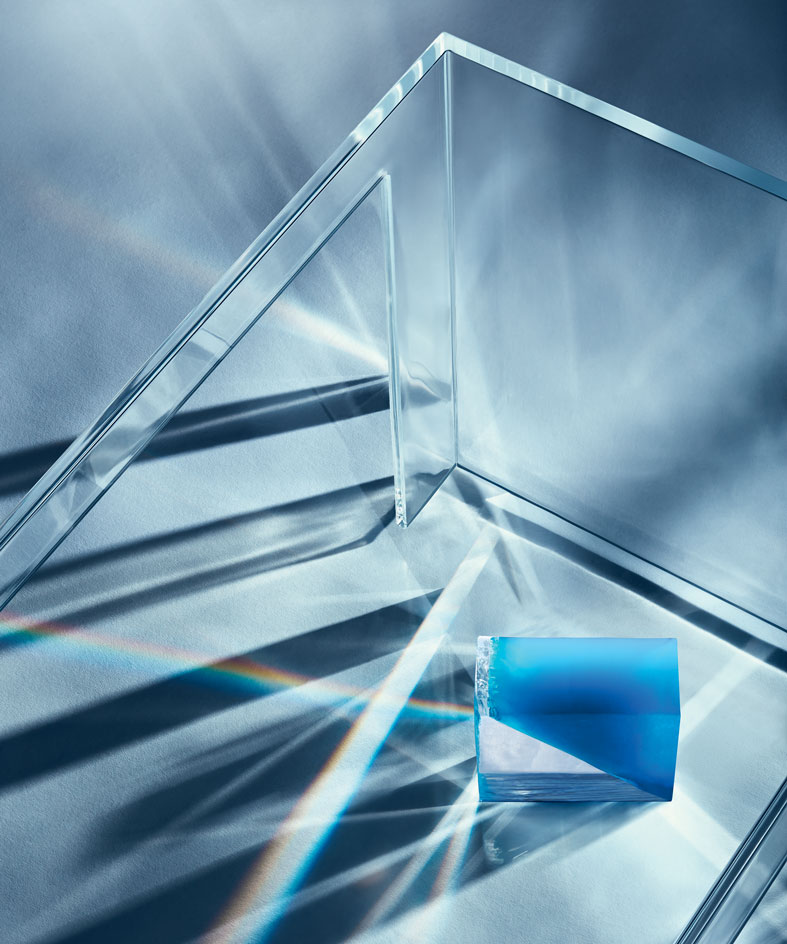
In the world of Japanese artist and designer Tokujin Yoshioka, glass chairs suddenly disappear when wet, and swirling clouds turn out to be drinking straws. His work defies definition, a legacy perhaps of the 20-odd years he has spent working with Issey Miyake. But there is warmth and wonder in his work, as witnessed in ‘S.F_Senses of the Future’, his collaboration with LG at this year’s Salone del Mobile. Whet your appetite with his favourite treat, wagashi, Japanese sweets that have evolved into an art form.
Ingredients
Rich in fibre, wagashi are made from vegetable-based ingredients. Various ingredients are used, including a variety of flours and sweeteners.
Method
The principle element of wagashi is an, a bean paste made of beans and sugar. In particular, azuki beans are a defining ingredient, without which wagashi can hardly be conceived.
Its hearty flavour is paired with a reddish colour, a particularly potent combination as red is believed to ward off disaster and disease.
The beans are cooked with sugar, then mashed, and finely strained to produce a smooth azuki bean paste called gozen an (or koshi an). If some of the solid bits of the beans are left intact, it becomes a whole azuki bean paste called ogura an (or tsubu an).
These two pastes are the mainstay of wagashi, while other beans, such as the white azuki beans and the white kidney beans, are used to produce a white bean paste called shiro an.
As originally featured in the May 2017 issue of Wallpaper* (W*218)
INFORMATION
The installation is on view until 9 April. For more information, visit the Tokujin Yoshioka website
ADDRESS
Via Tortona, 27
Milan 20144
Wallpaper* Newsletter
Receive our daily digest of inspiration, escapism and design stories from around the world direct to your inbox.
Daven Wu is the Singapore Editor at Wallpaper*. A former corporate lawyer, he has been covering Singapore and the neighbouring South-East Asian region since 1999, writing extensively about architecture, design, and travel for both the magazine and website. He is also the City Editor for the Phaidon Wallpaper* City Guide to Singapore.
-
 All-In is the Paris-based label making full-force fashion for main character dressing
All-In is the Paris-based label making full-force fashion for main character dressingPart of our monthly Uprising series, Wallpaper* meets Benjamin Barron and Bror August Vestbø of All-In, the LVMH Prize-nominated label which bases its collections on a riotous cast of characters – real and imagined
By Orla Brennan
-
 Maserati joins forces with Giorgetti for a turbo-charged relationship
Maserati joins forces with Giorgetti for a turbo-charged relationshipAnnouncing their marriage during Milan Design Week, the brands unveiled a collection, a car and a long term commitment
By Hugo Macdonald
-
 Through an innovative new training program, Poltrona Frau aims to safeguard Italian craft
Through an innovative new training program, Poltrona Frau aims to safeguard Italian craftThe heritage furniture manufacturer is training a new generation of leather artisans
By Cristina Kiran Piotti
-
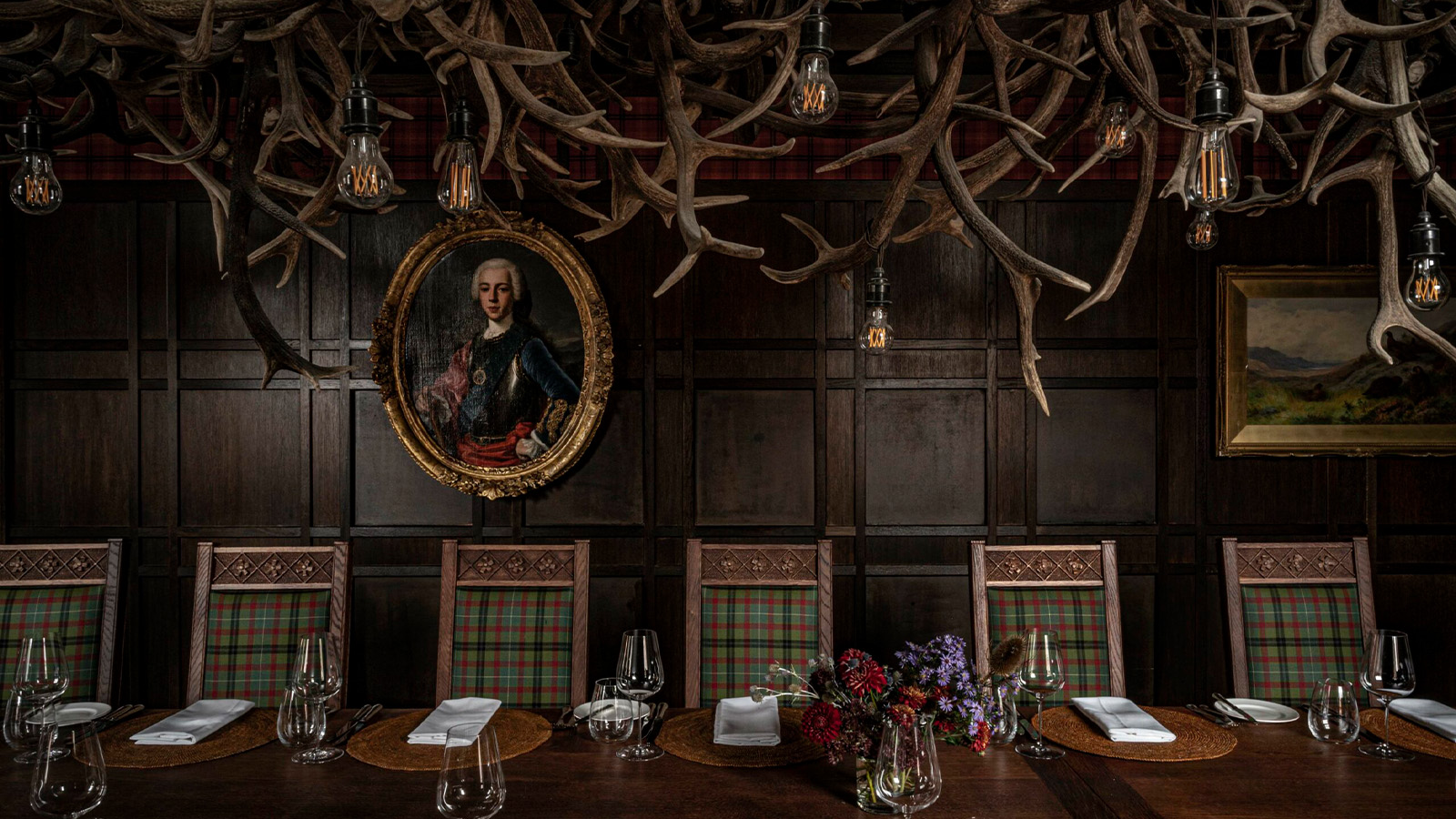 Burns Night 2025: where to celebrate in London
Burns Night 2025: where to celebrate in LondonIt is time to raise a wee dram to Scotland’s national poet Robert Burns on Burns Night (25 January). Here is our pick of places to enjoy an evening of generous speechmaking, toasting, and drinking around London
By Tianna Williams
-
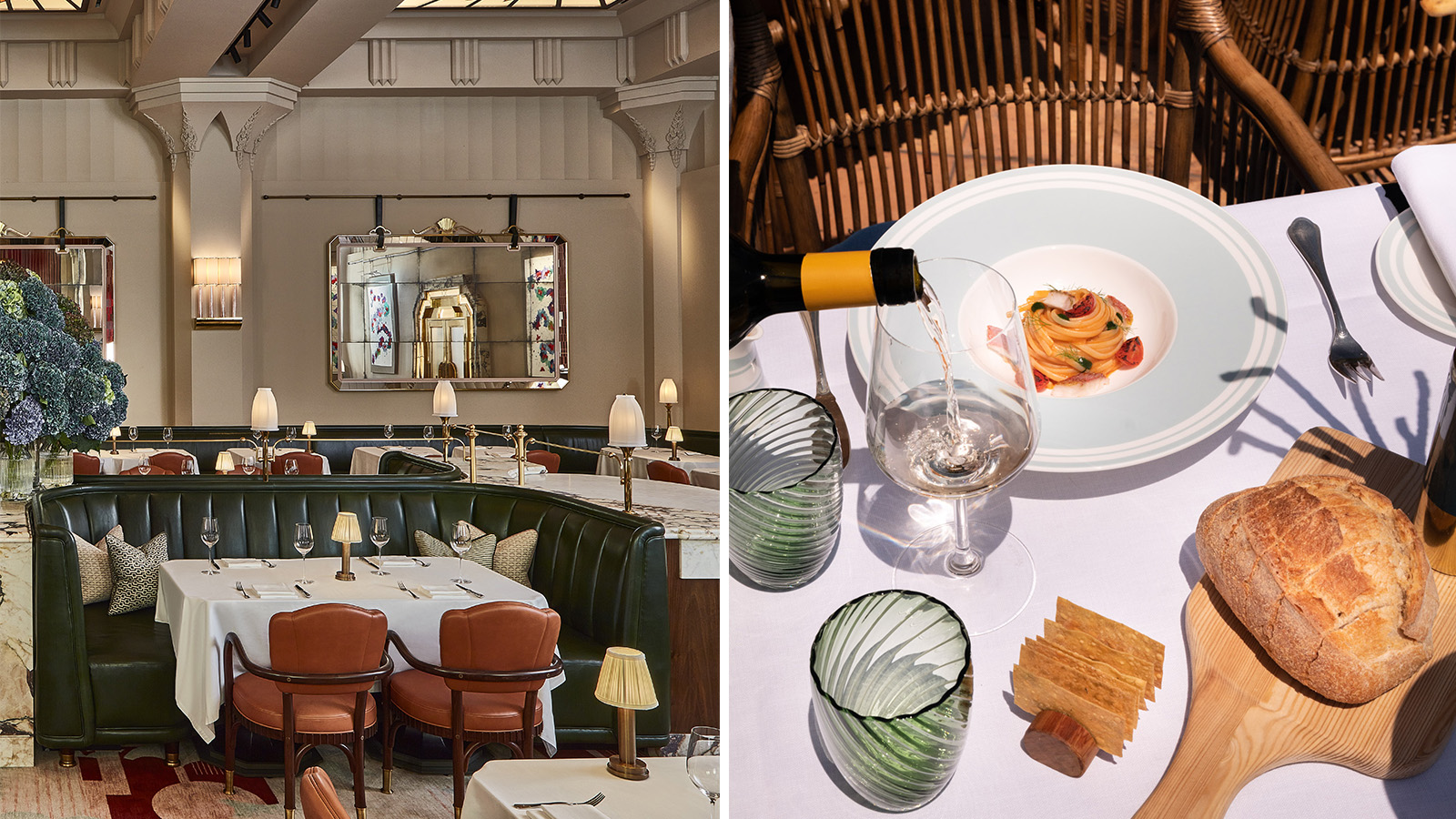 Grand English glamour vs the Italian dolce vita? Why Il Pellicano's Claridge’s takeover is a sun-kissed delight
Grand English glamour vs the Italian dolce vita? Why Il Pellicano's Claridge’s takeover is a sun-kissed delightClaridge's welcomes Hotel Il Pellicano with open arms for a one week restaurant residency of laid back luxury and Tuscan charm
By Tianna Williams
-
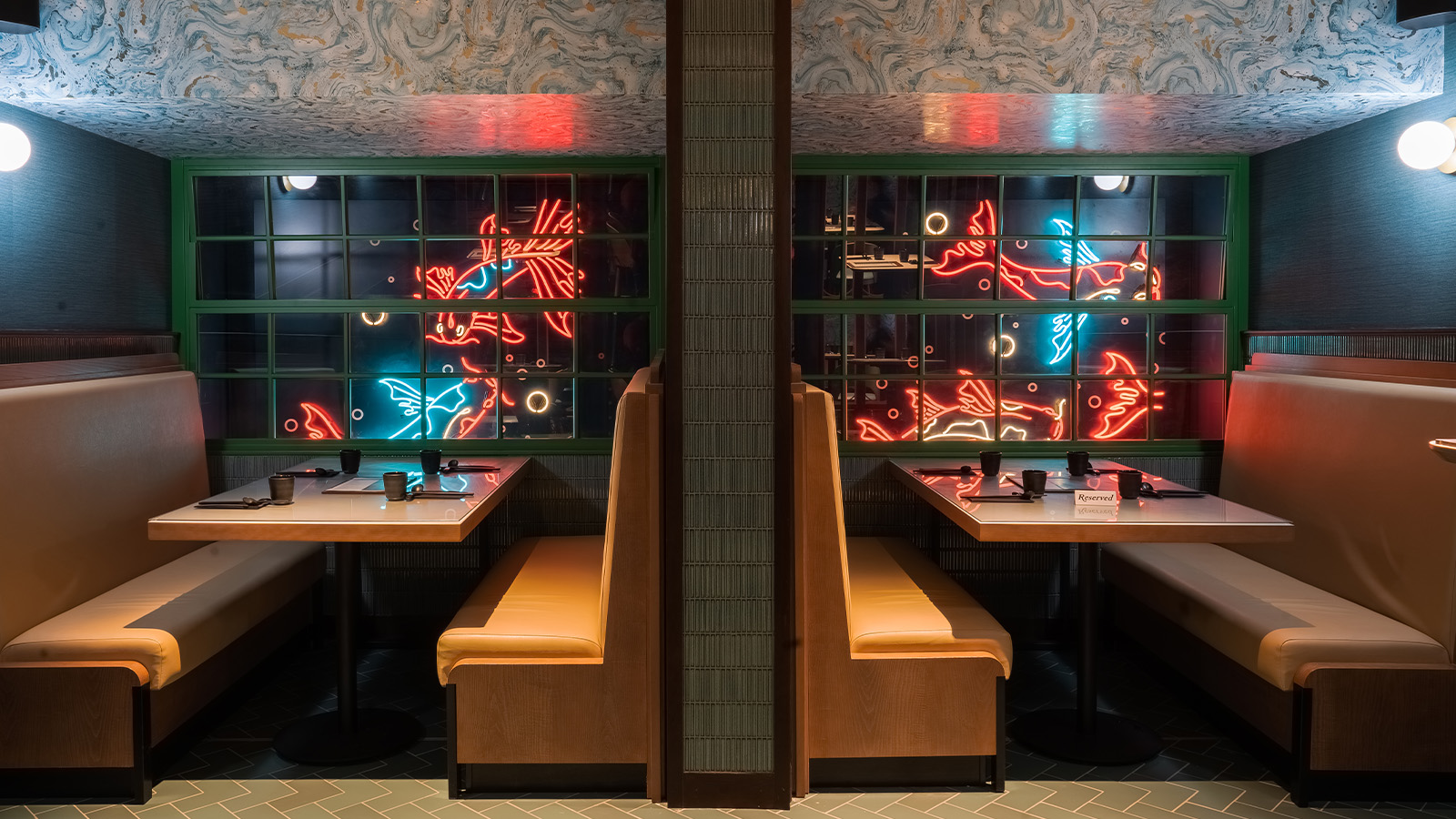 Lunar New Year in London: where to celebrate the Year of the Wood Snake
Lunar New Year in London: where to celebrate the Year of the Wood SnakeDo you want a year of good fortune and happiness? Then it is time to tuck into some of London’s cult favourite hotspots, devour decadent treats, and toast the Lunar New Year, and we have you covered with our guide to all things going on in the city (from 29 January until 8 February 2025)
By Tianna Williams
-
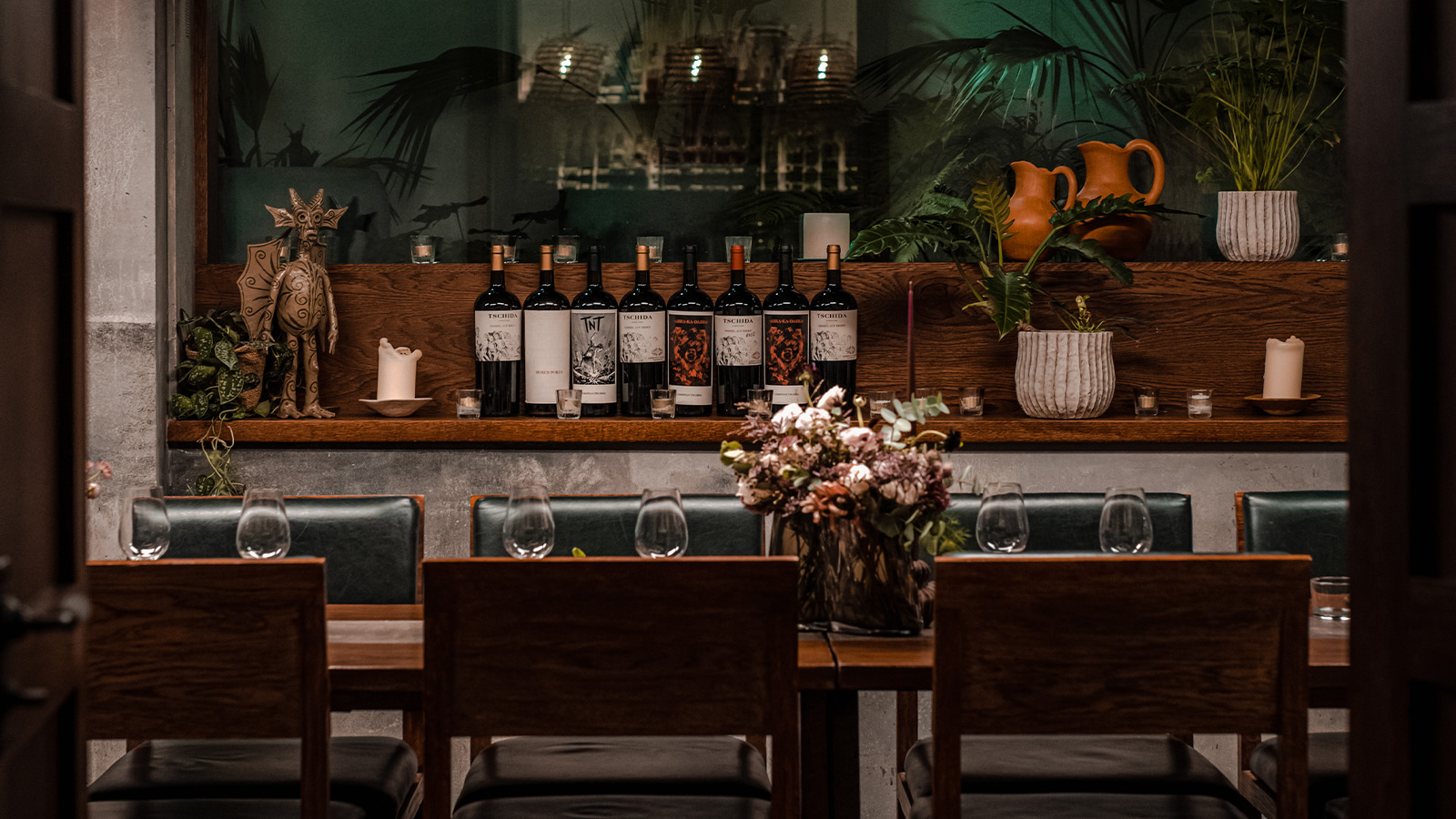 Celebrate Día de los Muertos at one of London (and the world’s) finest Mexican restaurants
Celebrate Día de los Muertos at one of London (and the world’s) finest Mexican restaurantsDía de los Muertos will arrive at KOL in Marylebone on 2 November, with a collaborative menu including dishes from the chefs behind Endo at The Rotunda to The Connaught, wrapped up with a mezcal fiesta
By Tianna Williams
-
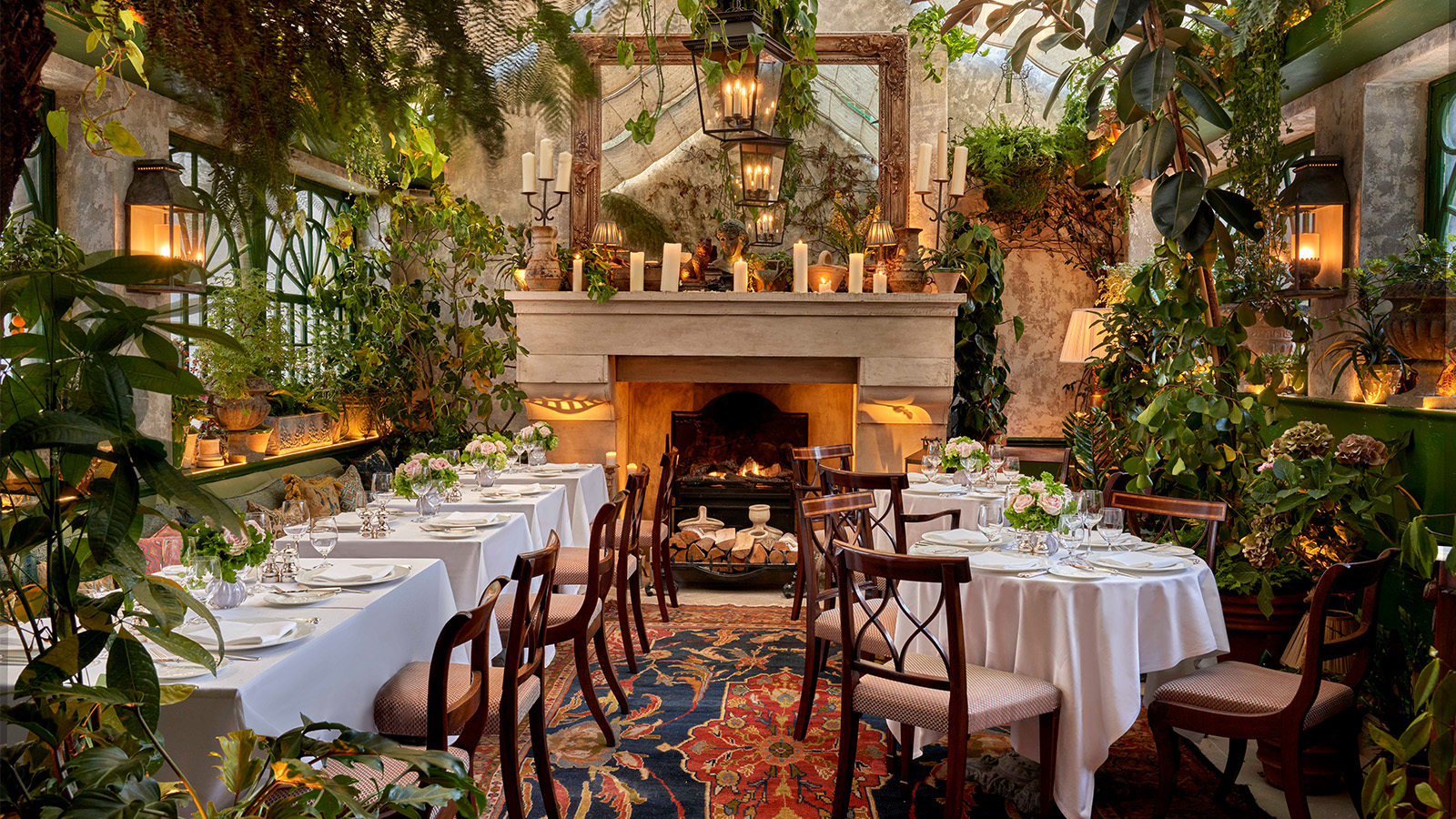 Mark’s Club’s interior refresh brings British countryside charm to the heart of Mayfair
Mark’s Club’s interior refresh brings British countryside charm to the heart of MayfairLocated in a classic Mayfair townhouse, Mark’s Club unveils its new interiors, from greenhouse extensions to a new open-plan layout full of trinkets and charm
By Tianna Williams
-
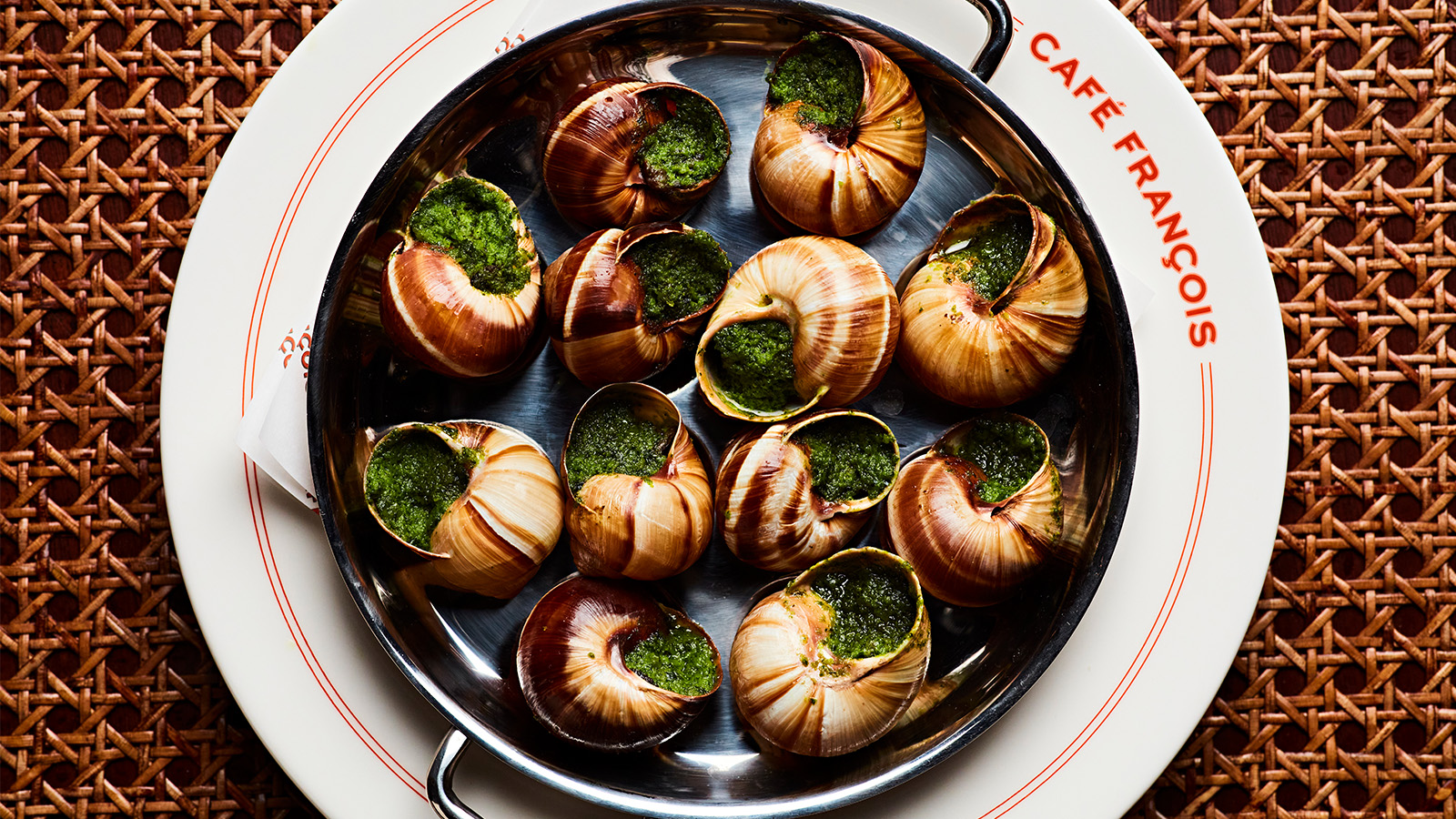 Frogs legs to fromage: Café François is London’s newest French canteen, serving up all the classics with a contemporary global twist
Frogs legs to fromage: Café François is London’s newest French canteen, serving up all the classics with a contemporary global twistThe founders of Mayfair's Maison François have opened a new addition, Café François. The Borough-based canteen offers an array of French classics from dawn to dusk
By Tianna Williams
-
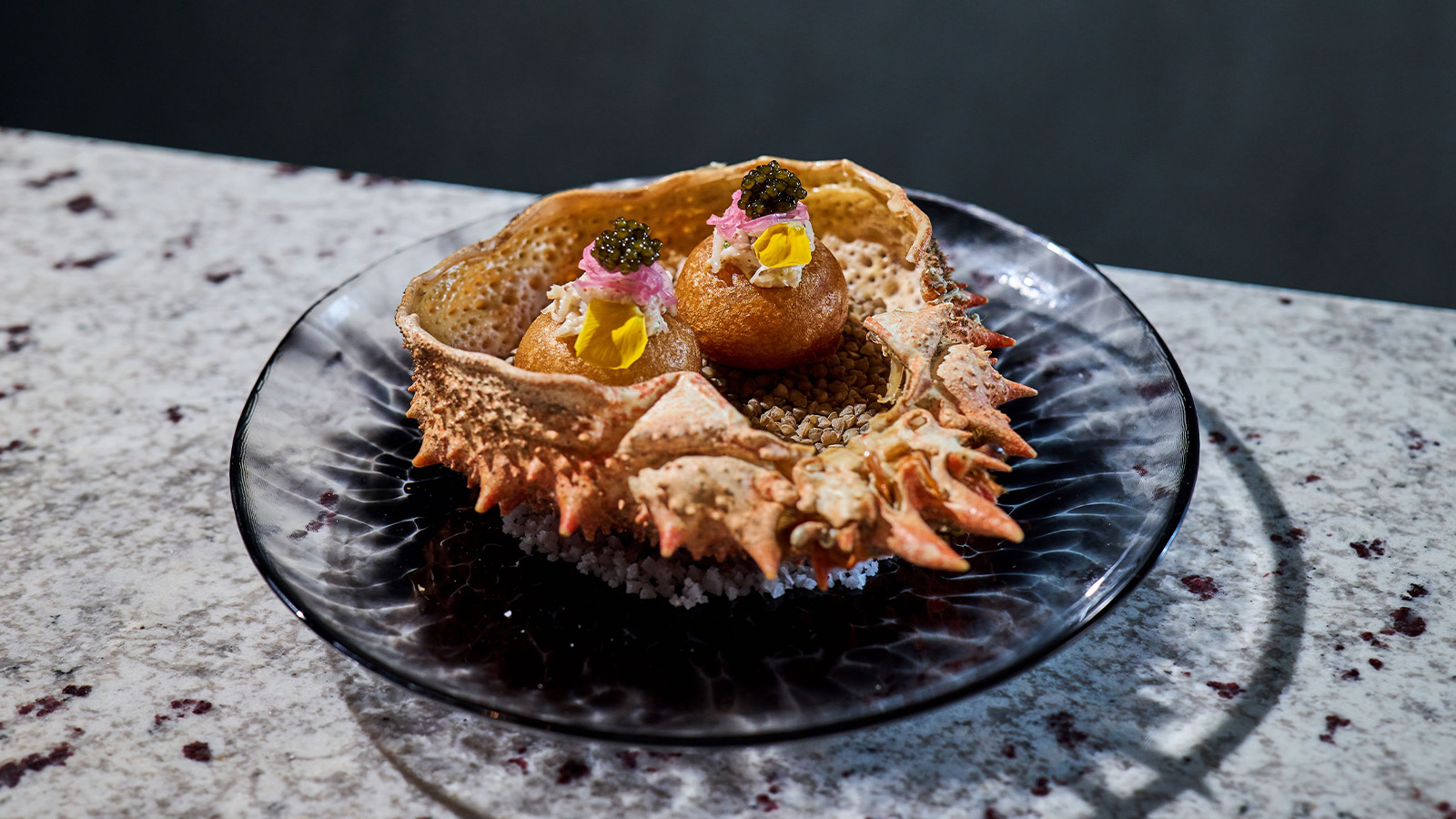 Dramatic and immersive, Dosa dishes up Korean cuisine with a moody flair
Dramatic and immersive, Dosa dishes up Korean cuisine with a moody flairThe Mandarin Oriental Mayfair welcomes Dosa, a new Korean restaurant by Akira Back
By Melina Keays
-
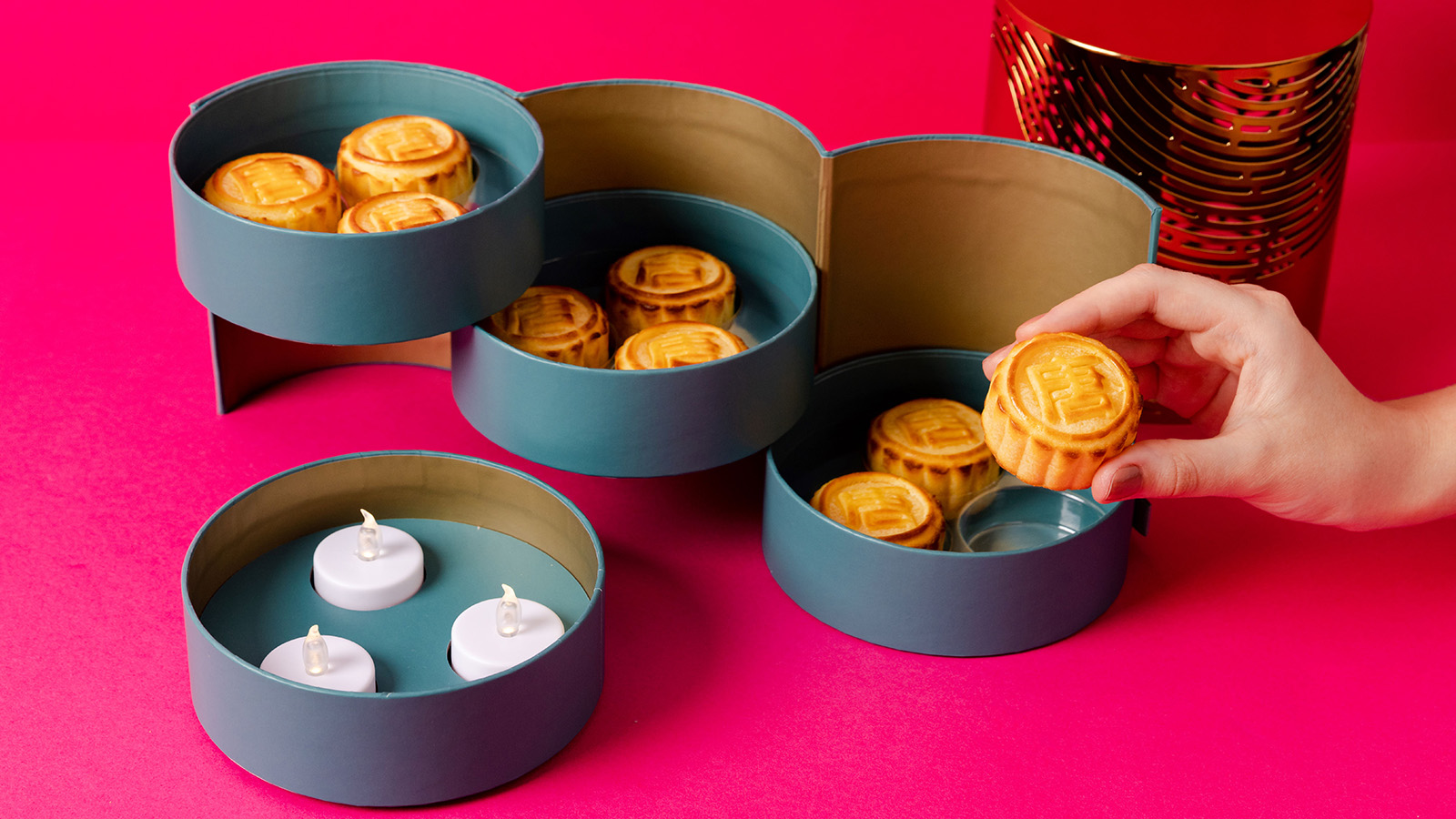 Yauatcha’s bespoke mooncakes mark the start of delicious celebrations for Mid-Autumn Festival
Yauatcha’s bespoke mooncakes mark the start of delicious celebrations for Mid-Autumn FestivalYauatcha, London’s Chinese dim sum teahouse, celebrates Mid-Autumn Festival (17 September) with three flavours of limited-edition mooncakes
By Tianna Williams